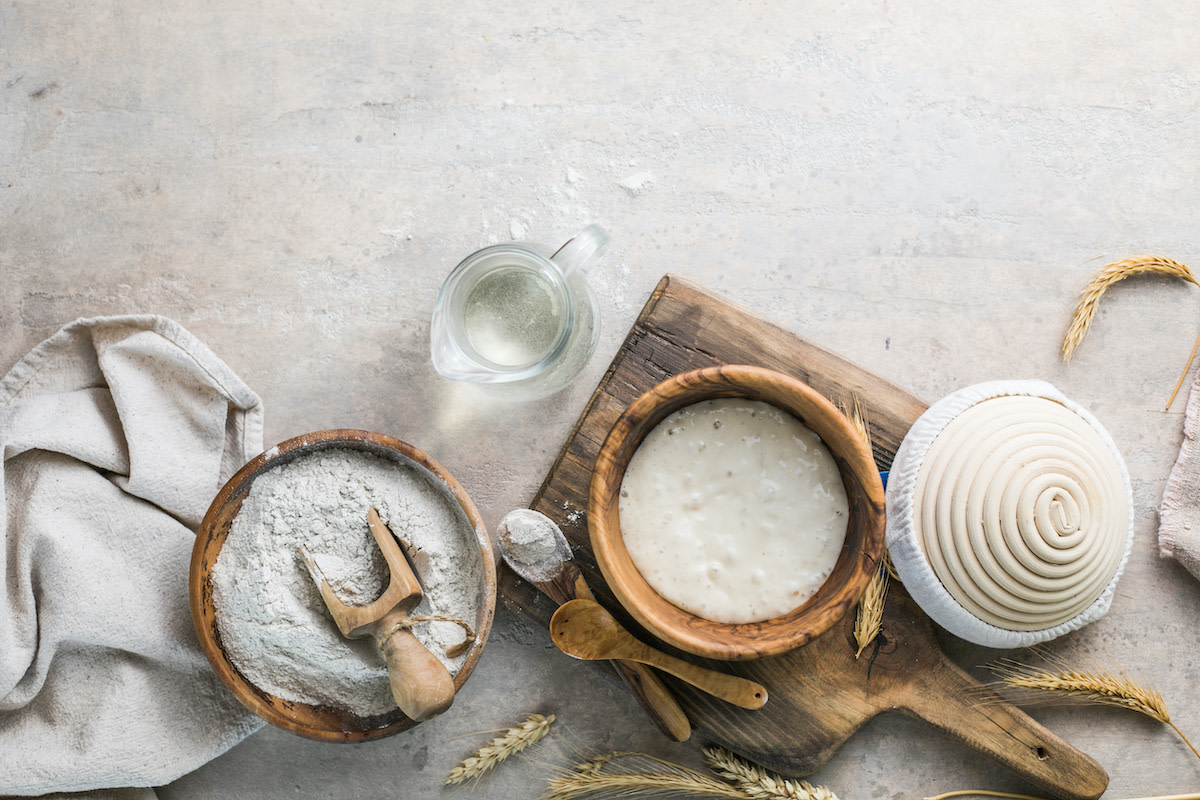Wild Yeast Guide: How to Capture Wild Yeast
Written by MasterClass
Last updated: Jun 7, 2021 • 2 min read
Yeast is an essential ingredient for bread making and brewing, and you can capture it naturally.
Learn From the Best
What Is Wild Yeast?
Yeast is a living microorganism that feeds on carbohydrates and releases carbon dioxide and alcohol. Wild yeast of the genus Brettanomyces is found in the natural world and can be easily captured from plants, animals, your home, and even your skin. A sourdough starter or yeast starter for beer captures the wild yeast, and the yeast releases carbon dioxide and alcohol that helps to leaven bread and enable fermentation.
Wild Yeast vs. Commercial Yeast: What’s the Difference?
Wild yeast is captured and then grown by the individual baker or brewer before creating baked goods or beverages. Unlike baker’s yeast and brewer’s yeast (Saccharomyces cerevisiae), which are single-strain yeasts cultivated to produce consistent results and flavors, wild yeast can have variations in terms of flavors and its impact on the final product. Wild yeast is part of an environment’s natural terroir and gives different batches of bread, wine, and beer distinct flavors. Its inconsistency means it’s not typically used commercially.
How to Capture Wild Yeast
Capturing wild yeast means to trap some yeast in a vessel and ferment it, creating a wild yeast starter. Follow these steps to make wild yeast water that can be used for baking or brewing beer:
- 1. Place some dried fruits into a jar. The easiest way to capture wild yeast is to put some dried fruits inside a jar. Make sure the fruit doesn’t contain sulfur dioxide. You can use fresh fruits, vegetables, or herbs, but use dried fruits for a consistent first-time experience.
- 2. Fill the container with filtered water. Yeast thrives in moist and carbohydrate-rich environments. Fill the jar with filtered water one inch above the packed dried fruit.
- 3. Seal the jar and store it. Seal the jar tightly and keep it at room temperature in a place away from direct sunlight or heat.
- 4. Use the yeast water. The yeast is ready when bubbles appear and the liquid is frothy on top, which will take about five days. Strain out the liquid using a fine-mesh strainer or cheesecloth. You can discard the fruit or use it for baking. You can also use the wild yeast water for baking in place of both the liquid and baker’s yeast in recipes.
4 Tips for Capturing Wild Yeast
The process of capturing and fermenting wild yeast has many variables. Follow these tips to speed up and experiment throughout the process:
- 1. Speed up the fermentation process. When you want to make new yeast water, save a portion of the old yeast water and add it to the new batch to help speed the fermentation process. You can also make the fermentation process go faster by adding a teaspoon of dissolved sugar, which will give the yeast more to feed on.
- 2. Prevent mold from growing in your jar. Uncap the lid to release the pressure build-up, recap, and shake the yeast water twice a day to prevent mold from growing.
- 3. Experiment with temperature. There are many variables when cultivating wild yeast, such as the air temperature and surrounding microbes. These variables and time will yield different flavors to the finished bread.
- 4. Make sourdough starter. Add whole wheat flour or rye flour into the yeast water to make a starter for sourdough bread. Unlike traditional sourdough starter, yeast water does not need to be fed and does not involve a discarding process.
Want to Learn More About Cooking?
Become a better chef with the MasterClass Annual Membership. Gain access to exclusive video lessons taught by the world’s best, including Alice Waters, Gabriela Cámara, Niki Nakayama, Chef Thomas Keller, Gordon Ramsay, Yotam Ottolenghi, Dominique Ansel, and more.
